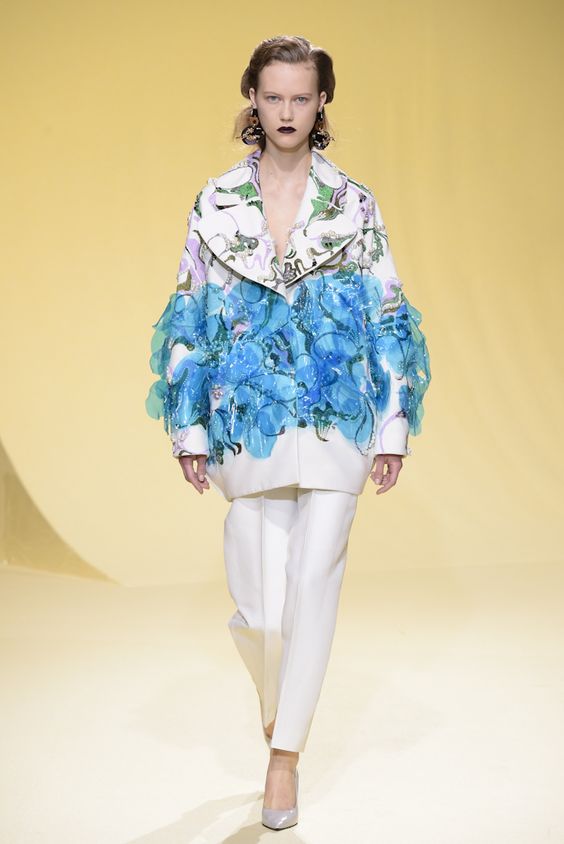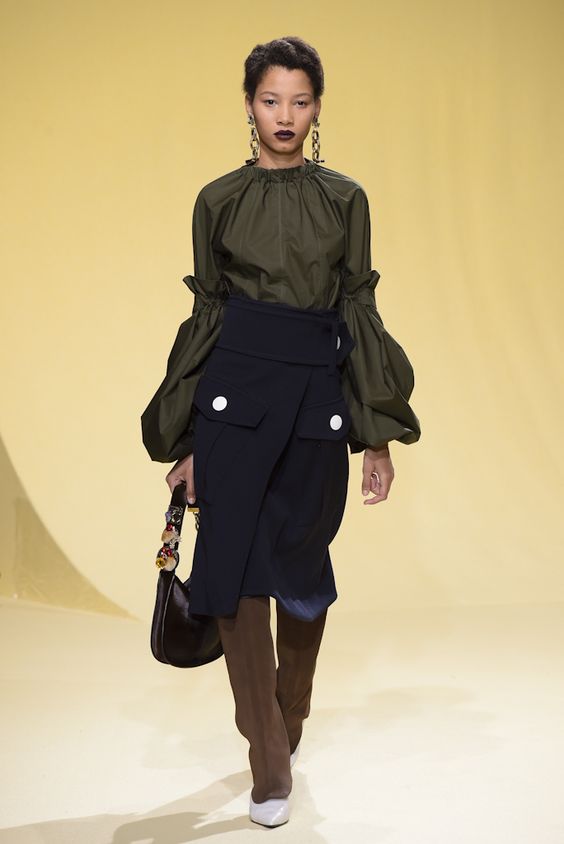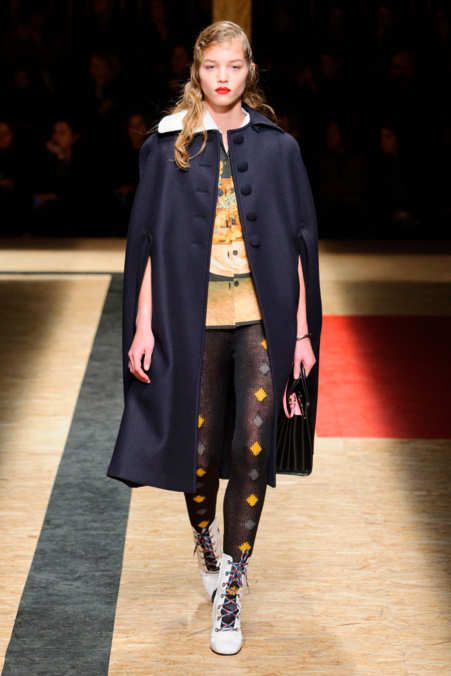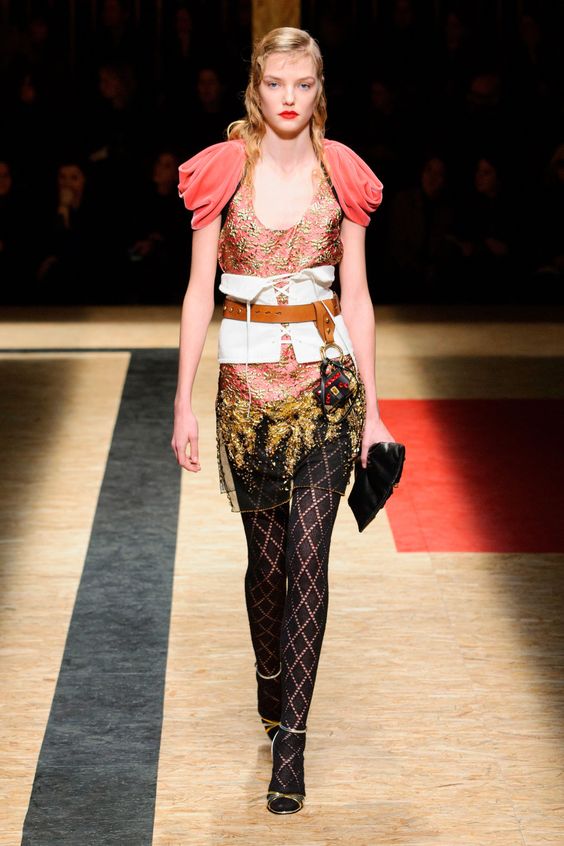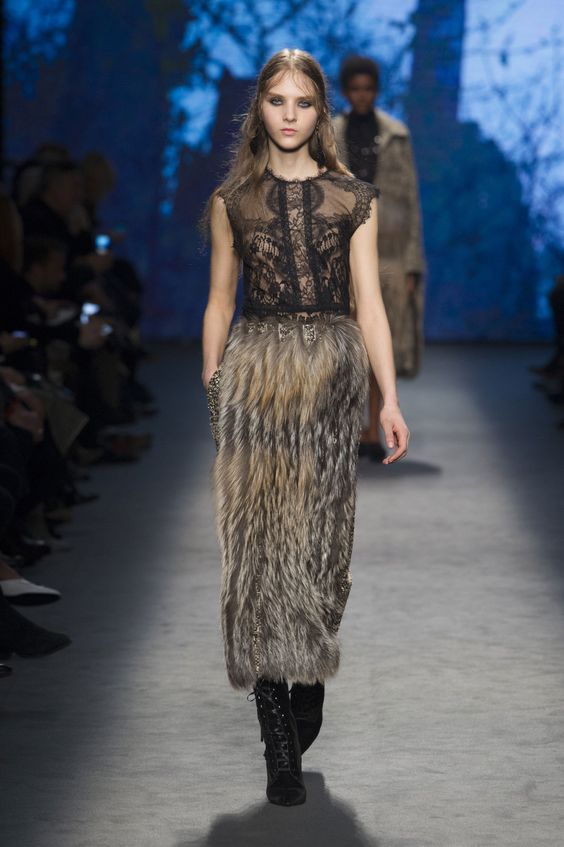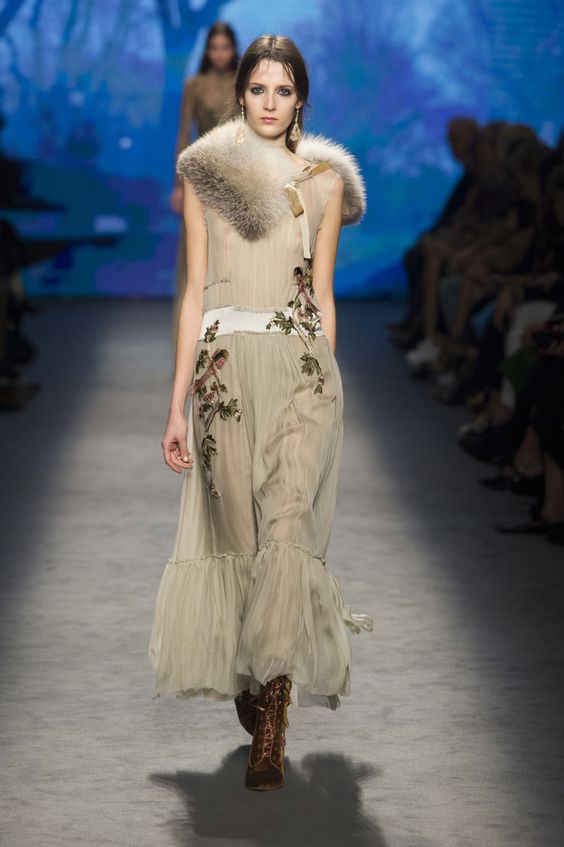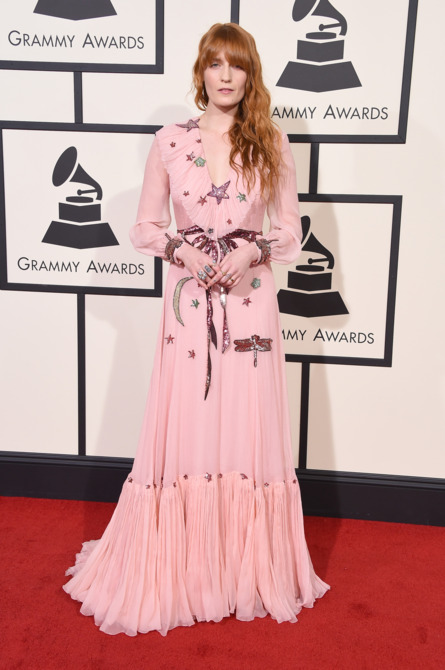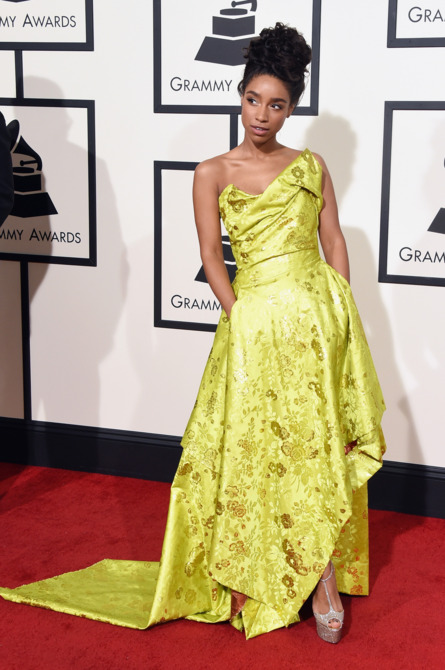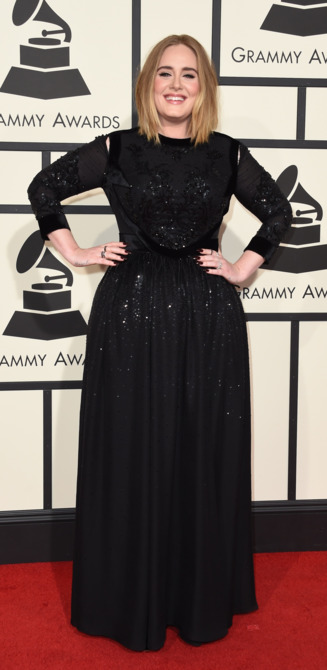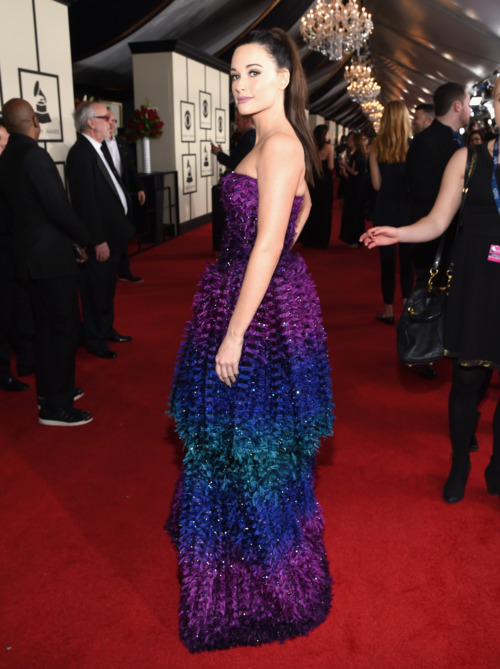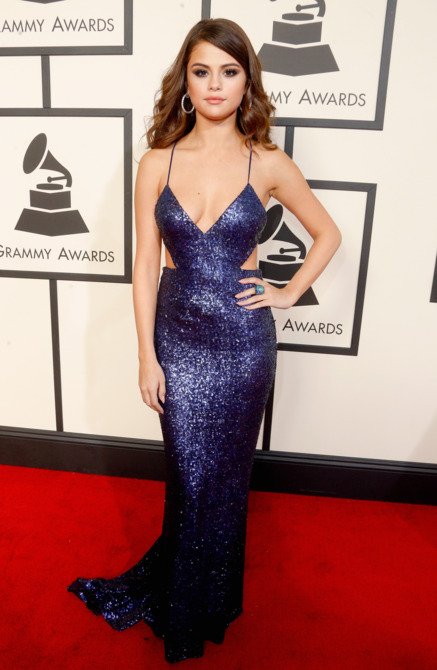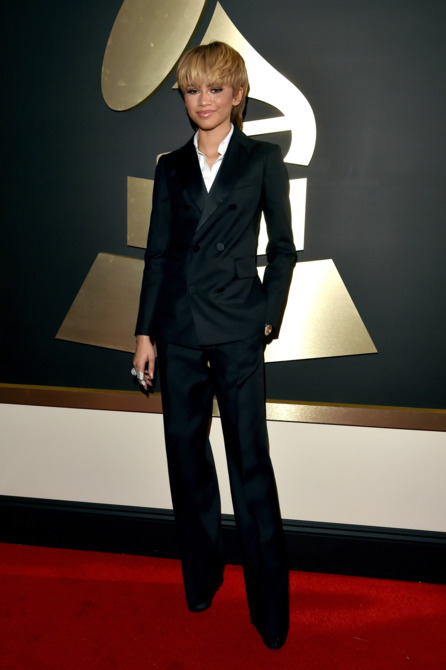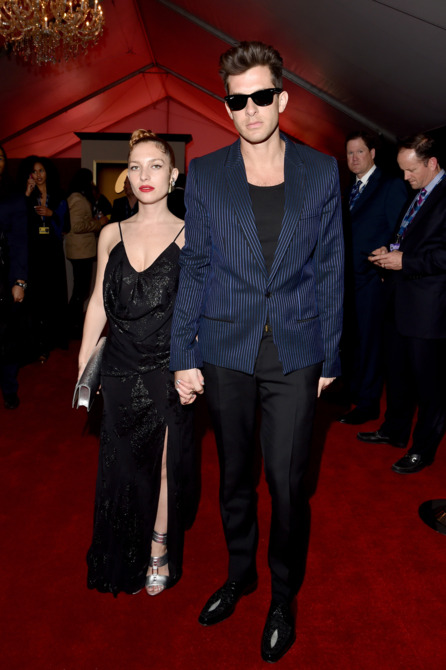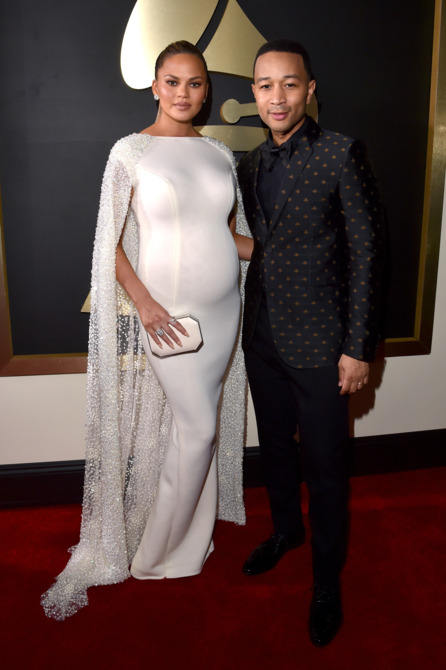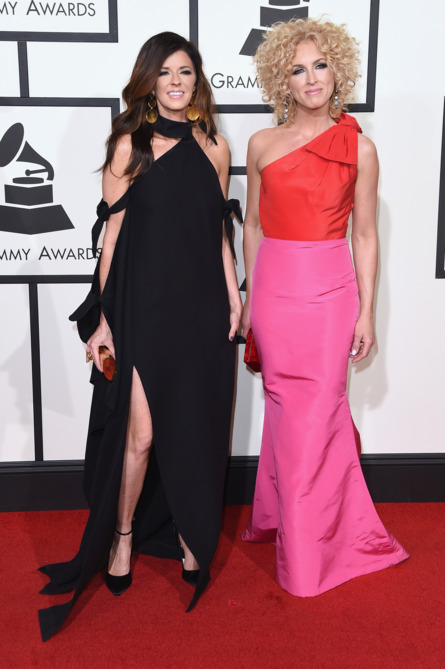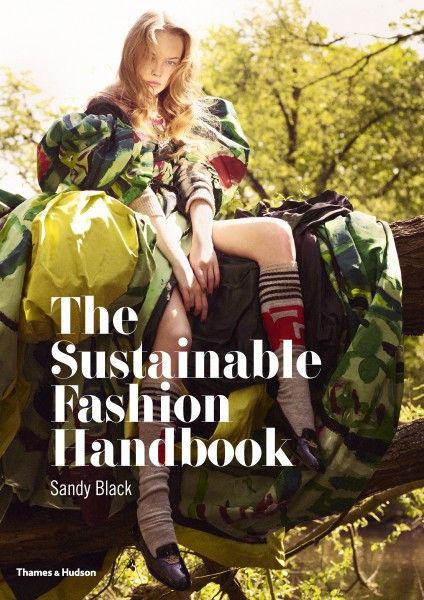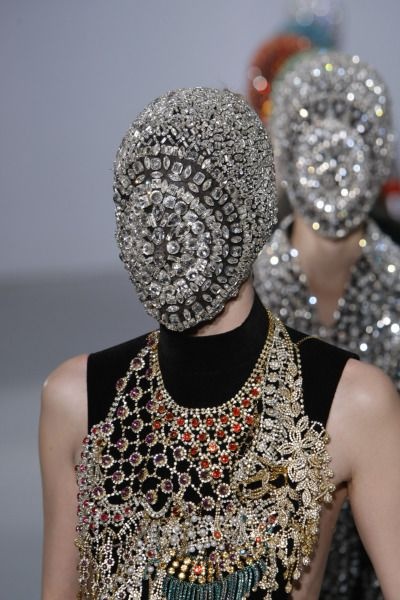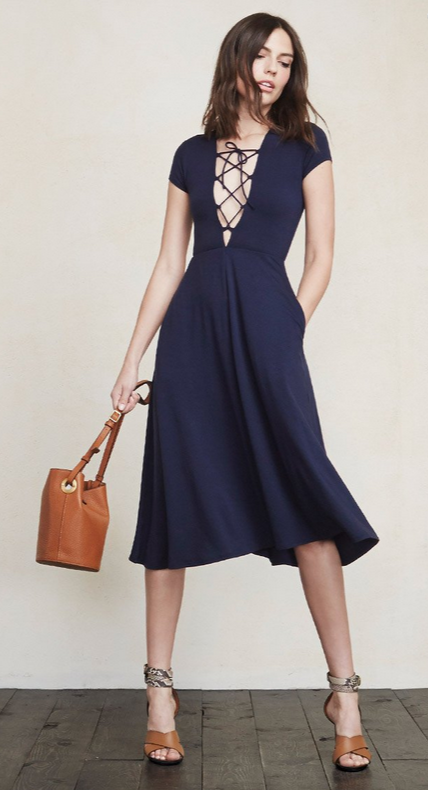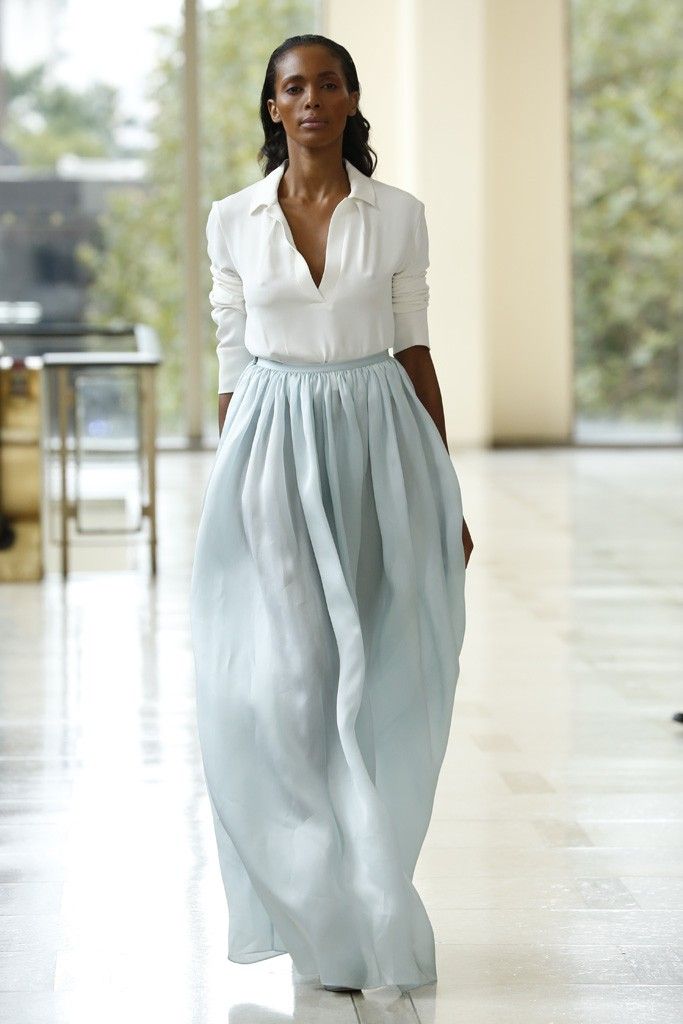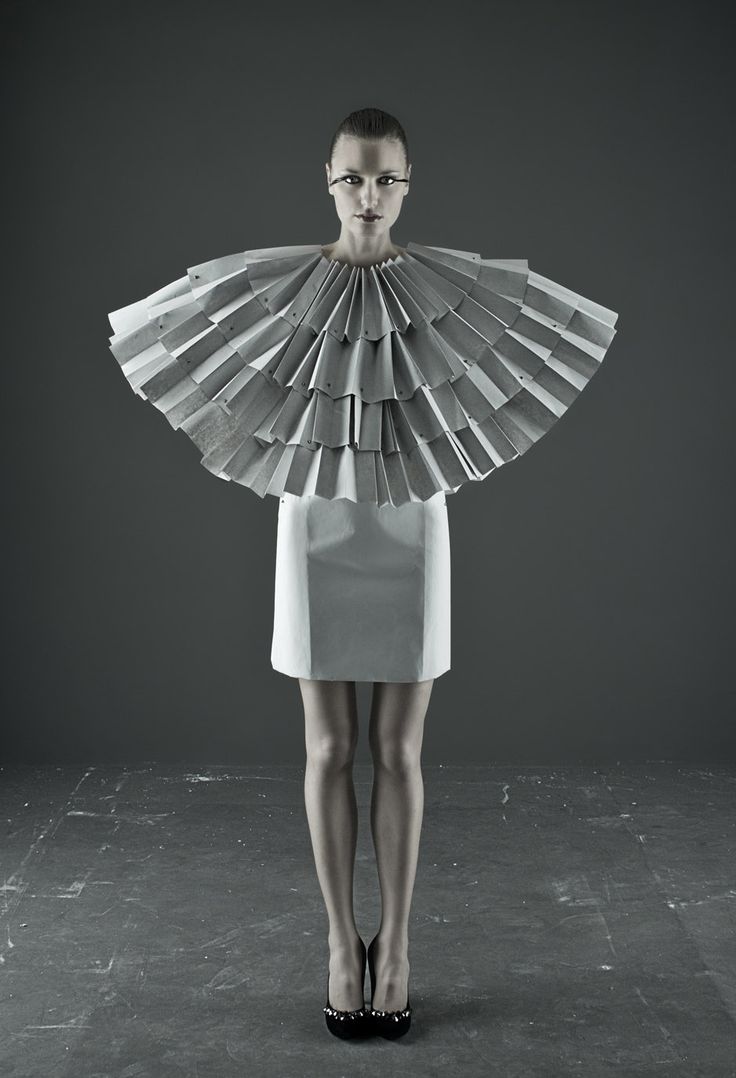What’s Fashion anyways?
I get the question quite often from people that live what I see as a disconnect from what the runways are and what trickles down to the department stores.
They are outsiders, yes, but what does Fashion look to someone who is not ingrained in the industry and doesn’t speak Prada?
Fashion is a dream, story-telling, is transmitting a feeling, an emotion, an experience meant to a like-minded audience.
Fashion is performance, reminiscence, hint, teasing, a whiff of an aroma, a smell loaded with memories and translated on the collection, runway or presentation.
Fashion is believing in a story and telling it as it is.
Fashion is loving despite the oddities.
Fashion is process, not massive production, it doesn’t have to please everybody.
Fashion is luxury, not fast food nor instant gratification.
Did social media break the system?
Are runways supposed to break the Internet?
Do we still look at Fashion as the dream?
Is New York fashion week finished? Leandra Medine of Man Repeller thinks that it all started when Fashion Week became a trend, and as any good trend, they come and go. What do we do until the cycle comes back? Live in clothes, she suggests.
In a more straight-forward manner, NYT’s critic extraordinaire Cathy Horyn questions the authenticity of Fashion in the era of social media. She draws almost a graph, the higher the social media bru-ha-ha the higher the level of insanity or absurdity. And honestly, were I a designer, especially a first-timer, I wouldn’t want to be having to hire a bitch of a publicist to help me shrug from my shoulders the label of “absurd” signed by The New York Times.
The fashion-buying public is aware of where presentation ends and branded content begins.
In New York, more than any other fashion week, we have assisted to an exaggeration of social media content. To capitalize on social media buzz, brands have opted to switch the seasons starting September when the fall collections would be presented and February would go for spring.
We have seen alternative ways of introducing new ranges, like the Studio-54-themed at DFV or bigger louder lavish ones like Kanye’s or Rihanna, but must agree with Mrs. Horyn on one simple point: the spectacle, the mise en scene, the Hollywood draconian production was smoke in the eye to the industry trader, the buyer, the journalist that is not impressed by the show, but by the quality, workmanship, attention to detail, fil rouge that something that grasps all the senses, despite of the wallet. Voila’, I couldn’t leave it unsaid
There was a general vibe that wasn’t camaraderie, the see-now-order-now-wear-now was the talk of the town, but may have killed that allure and building desire of waiting those 6 months to have something beautifully confectioned.
To say it with Karl Lagerfeld: it’s a mess
Now, I don’t live under the leaf of a snow-pea, Fashion is a dream, but it's a business with marketing and sales, or it’s a bad dream. We Must Sell and we must cater to the consumer spending public.
So are the brands embracing the instant-buy system promoting a democratization of fashion?
Luxury comes from passion and inspiration, it’s a state of mind, creative and inspired work that caters to a few. And it’s good that way. Brands like Burberry or Tom Ford are trying to cut the gap between the heat of the catwalk and the in-store purchase.
To say it with the words of Francois-Henri Pinault, the CEO of Kering Group, the see-now buy-now immediacy ‘negates the dream of luxury’.
Killing the traditional system of 6-month wait after the catwalk, is simply not feasible and would bring the end of the magic of fashion, the world of suspence.
Besides, where do we leave the wait and appreciation for something that needs time to be made?

